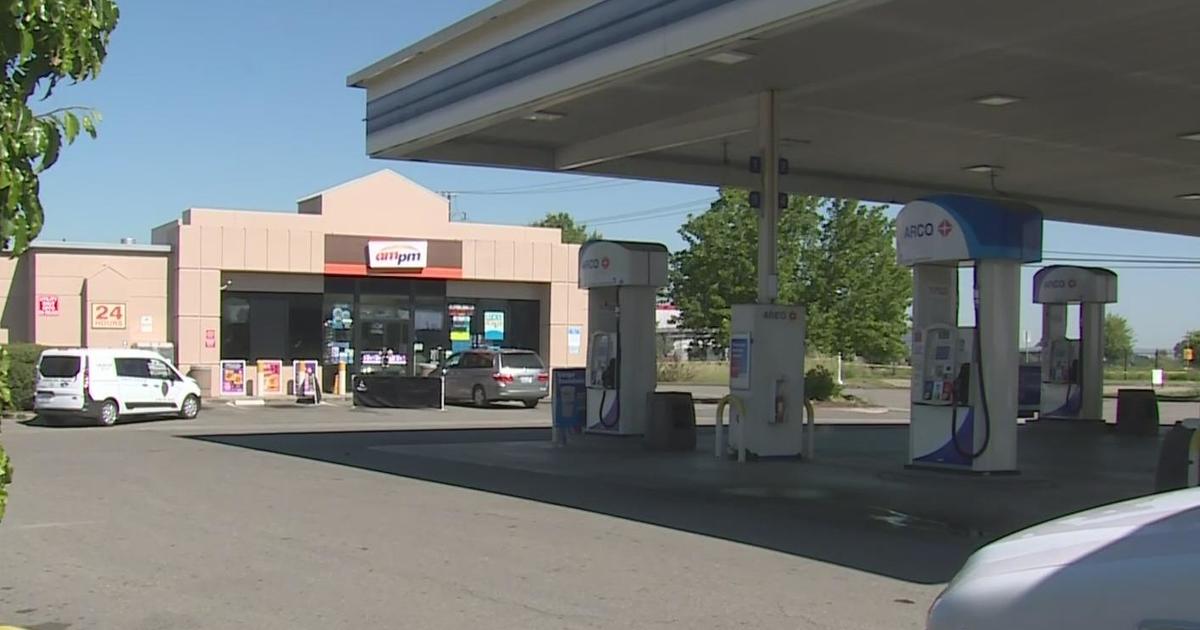2014-15 California Budget Leaked, Pushing Governor's Schedule Up A Day
SACRAMENTO (CBS13) — Gov. Jerry Brown has moved his press conference about the state budget up a day to Thursday at 9 a.m. after the budget was leaked early.
The 2014-15 proposal was supposed to be released on Friday.
The budget acknowledges that California's surplus will likely be short lived as they came from Proposition 30 tax revenue and "a windfall from volatile capital gains."
Outstanding budgetary borrowing plunged from $34.7 billion in 2011 to under $25 billion in 2013. The budget proposal aims to cut that but more than $11 billion, and remove it completely by 2017-18.
In that vein, the proposal calls for eliminating school payment deferrals, paying off economic recovery bonds and making early loan payments.
Brown acknowledges the state's long-term liabilities in terms of pensions, benefits, and infrastructure debt and deferred maintenance. He says while they will take years to pay off, it's important to tackle them now with $4.2 billion in payments this year.
A proposal to strengthen the rainy day fund on the November 2014 ballot is also addressed in the proposal. The budget calls for a constitutional amendment instead, saying:
"... it does not give the state the option to pay off its liabilities, does nothing to address the sharp ups and downs of Proposition 98, and bases deposits on revenues from the past 20 years rather than on spikes in capital gains."
The Amendment would:
- Base deposits on when capital gains revenues rise to more than 6.5 percent of General Fund tax revenues.
- Create a Proposition 98 reserve, whereby spikes in funding would instead be saved for future years of decline.
- Double the maximum size of the rainy day fund from 5 percent to 10 percent of revenues.
- Allow supplemental payments to the Wall of Debt or other long‑term liabilities in lieu of a year's deposit.
- Limit the maximum amount that could be withdrawn in the first year of a recession to half of the fund's balance.
On the K-12 education front, the budget calls for a $6.3 billion increase in Proposition 98 funding—an 11 percent increase from 2013. The budget would eliminate funding deferrals that have his school districts hard in recent years. Schools that couldn't borrow the difference instead made steep cuts.
The proposal outlines the local control funding formula used for funds dispersal:
- A base grant for each local education agency equivalent to $7,829 per unit of average daily attendance, inclusive of the application of 2013‑14 and 2014‑15 cost‑of‑living adjustments.
- A 20‑percent supplemental grant for English learners, students from low‑income families, and youth in foster care to reflect increased costs associated with educating those students.
- An additional concentration grant of up to 22.5 percent based on the number of English learners, students from low‑income families, and youth in foster care served by the local agency that comprise more than 55 percent of enrollment.
- An Economic Recovery Target to ensure that almost every local education agency receives at least their pre‑recession funding level.
The proposal calls for
- $850 million in cap and trade auction proceeds to support programs aimed at reducing greenhouse gases.
- an $815 million package for "critical deferred maintenance in state parks, highways, local streets and roads, K‑12 schools, community colleges, courts, prisons, state hospitals, and other state facilities."
Where higher education is concerned, the governor is proposing a 4.2 percent increase in total funding to $26.3 billion. Proposed CSU and UC budgets had called for a 10 percent increase, but Brown insists the state stick with a more sustainable long-term increase for schools.
As part of his rebuttal to those calls, Brown pointed to high administrative costs in the UC system, low 4-year completion rates in the CSU system, and low completion rates at community colleges. It's part of a plan to move away from enrollment-based funding, which he says encourages bringing in more students, but not completing degrees in a timely matter, or at all.
The governor's budget proposal lauded a decline in the state's prison population, crediting a change in property crime law, a higher emphasis on local probation enforcement, and the 2011 prison realignment. He hopes to build on this gains in 2014 with a push toward getting inmates ready for release with technical education programs.
Negotiations to reduce prison populations to meet a judge's order were still ongoing at the time the budget proposal was being worked out.
Stay tuned to CBSSacramento.com and the CBS13 News at 10 for more on this breaking story.



